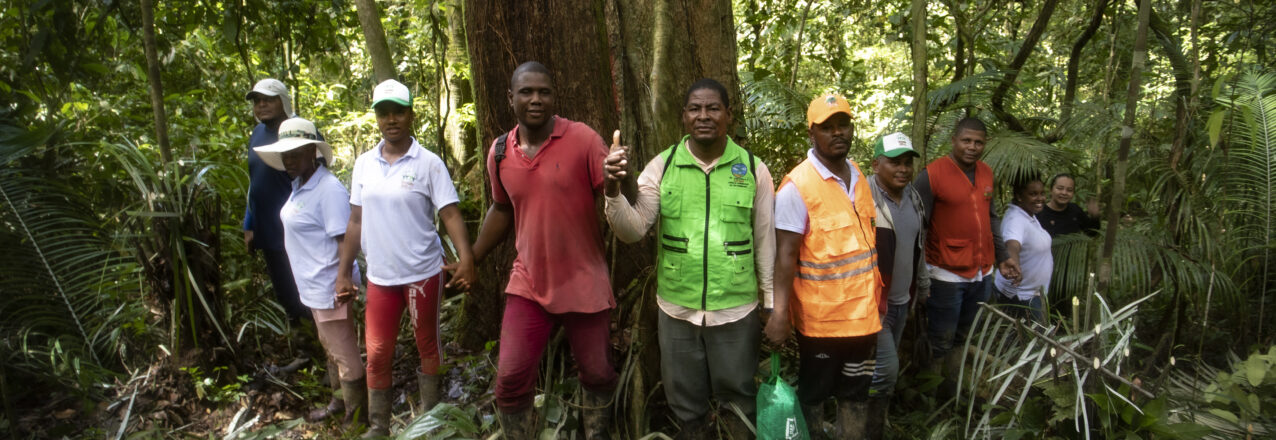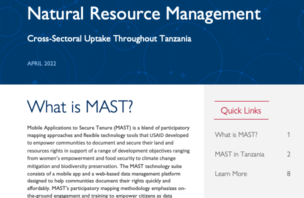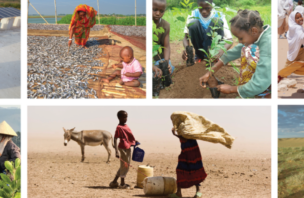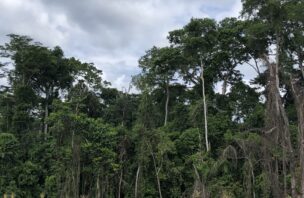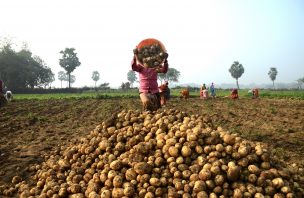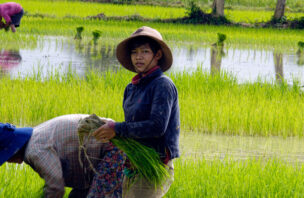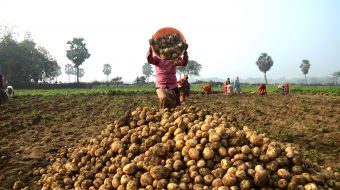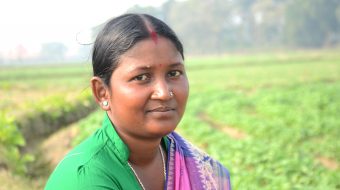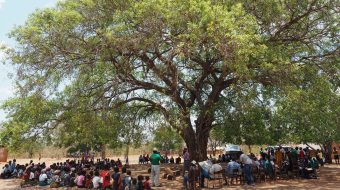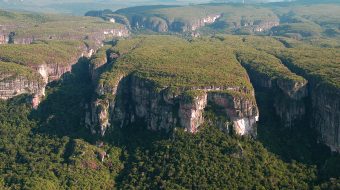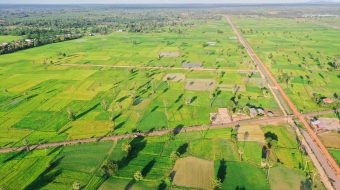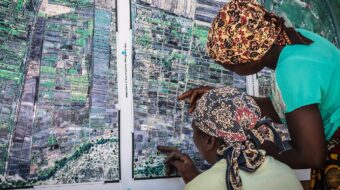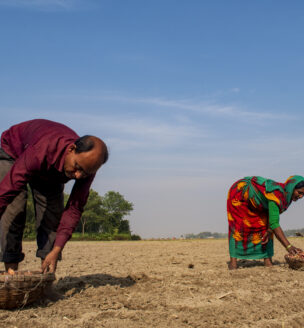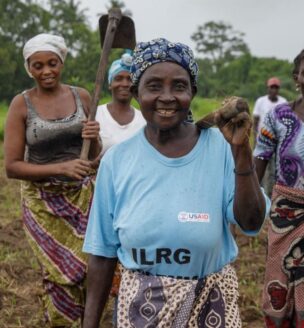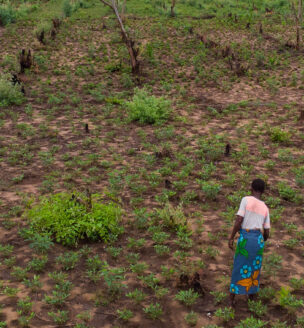Land and resource governance systems create incentives for sustainable or unsustainable land uses. Effective land and resource governance promotes careful management and can encourage restoration and stewardship of land, resources, and ecosystems more broadly, which can help to mitigate the impacts of climate change.
View the new USAID Climate Strategy 2022 – 2030 Resource Page here.
When land tenure and resource rights are poorly defined or are poorly enforced, natural resources and ecosystems can be quickly degraded because incentives to conserve and protect the resources are weak or absent. This can lead to overgrazing of pastureland, wildlife poaching, deforestation, ineffective watershed management, degradation of mangroves and peatlands, poorly planned extractive industry investments, and other outcomes that can directly or indirectly contribute to climate change. Degradation and misuse of natural resources also limits prospects for long-term economic growth and the diversified livelihood options that might come from more effective natural resource management, such as tourism, fisheries, and forestry.
For example, in unpredictable ways, climate change will provoke adjustments in the use and value of land and other natural resources; simultaneously, climate change will intensify human migration and displacement. Climate-related movement is already on the rise, and experts estimate that an additional 143 million “climate migrants” will be displaced from their homes in sub-Saharan Africa, Southeast Asia, and Latin America by 2050. These people will need to be integrated, for the short or longer-term in different locations, and will require clear and just pathways to land and resources for their housing and livelihoods.
When land and resource rights are clear and secure, they can facilitate sound management and promote the conservation and restoration of natural resources and ecosystems, which can help to mitigate the impacts of climate change. Investing in the formal recognition of land rights, clarifying legal and policy frameworks related to who owns and controls carbon rights, promoting responsible land management, inclusive land use planning, and natural climate solutions (especially in tropical forests, which are some of the most effective landscapes for carbon sequestration), represent cost-effective ways to achieve significant climate mitigation, especially working in partnership with Indigenous Peoples.
Effective land and resource governance systems can also address climate-related displacement and conflict at multiple scales, from local disasters to global migration frameworks. Migrants may be more resilient during relocation when they receive support to securely access land for housing or to grow food. If migrants have titles or other proof of the housing and land they leave behind, they may also be better able to protect these assets from wrongful occupation or receive compensation if their assets are destroyed. Finally, capturing land and property information as people move can facilitate a future return.
Helping to protect or strengthen tenure security over land and other important resources can also encourage individuals and communities to adopt practices that promote adaptation to climate change. With secure tenure rights, people are more likely to make investments that take a longer period of time to demonstrate benefits, as is the case with tree planting to support agroforestry and activities that enhance soil fertility, such as regenerative agriculture. Also, addressing tenure concerns may be increasingly important for disaster risk planning to support climate-resilient land use planning, identify areas for community relocation and provide access to equitable property insurance.
USAID has made substantial investments in climate change mitigation and adaptation since 2010. Increasingly, these programs are demonstrating that clear and secure land rights are critical for their success and sustainability. As we implement USAID’s climate change policies and priorities, we are consolidating and making available the case studies, tools, publications and media from our efforts to strengthen land and resource rights for climate action.


